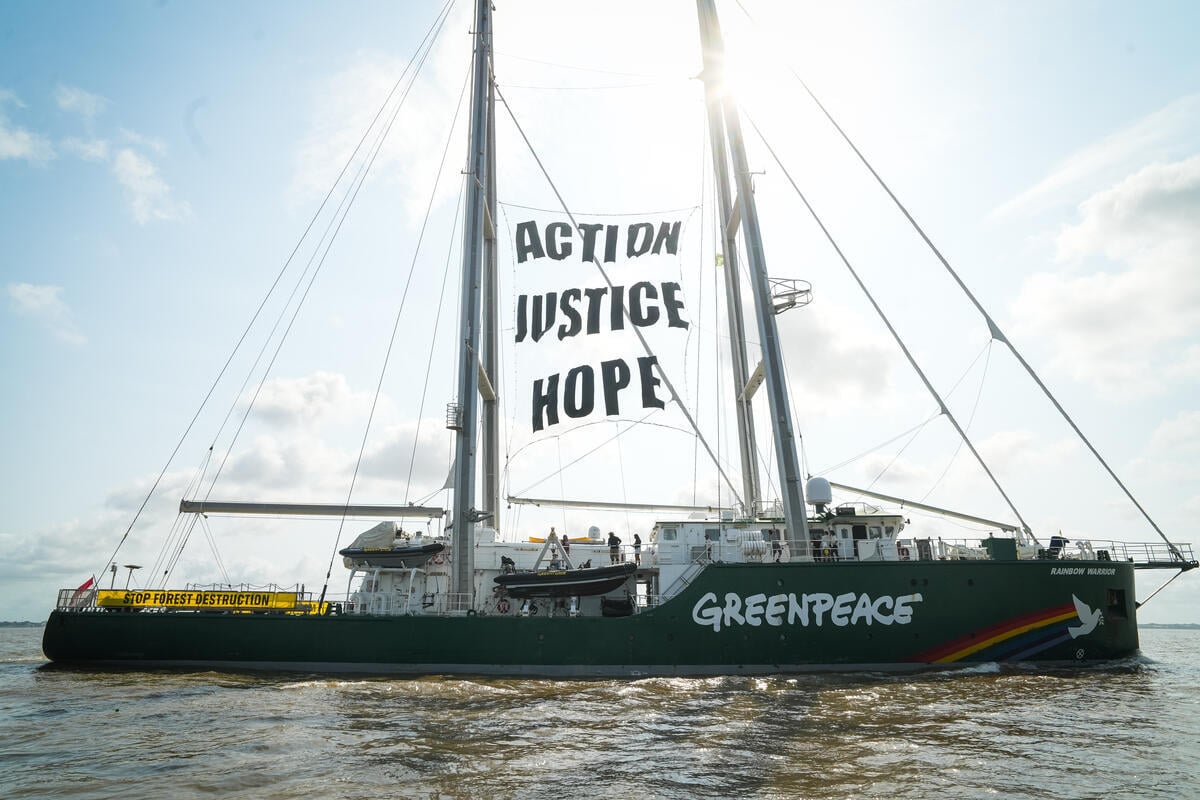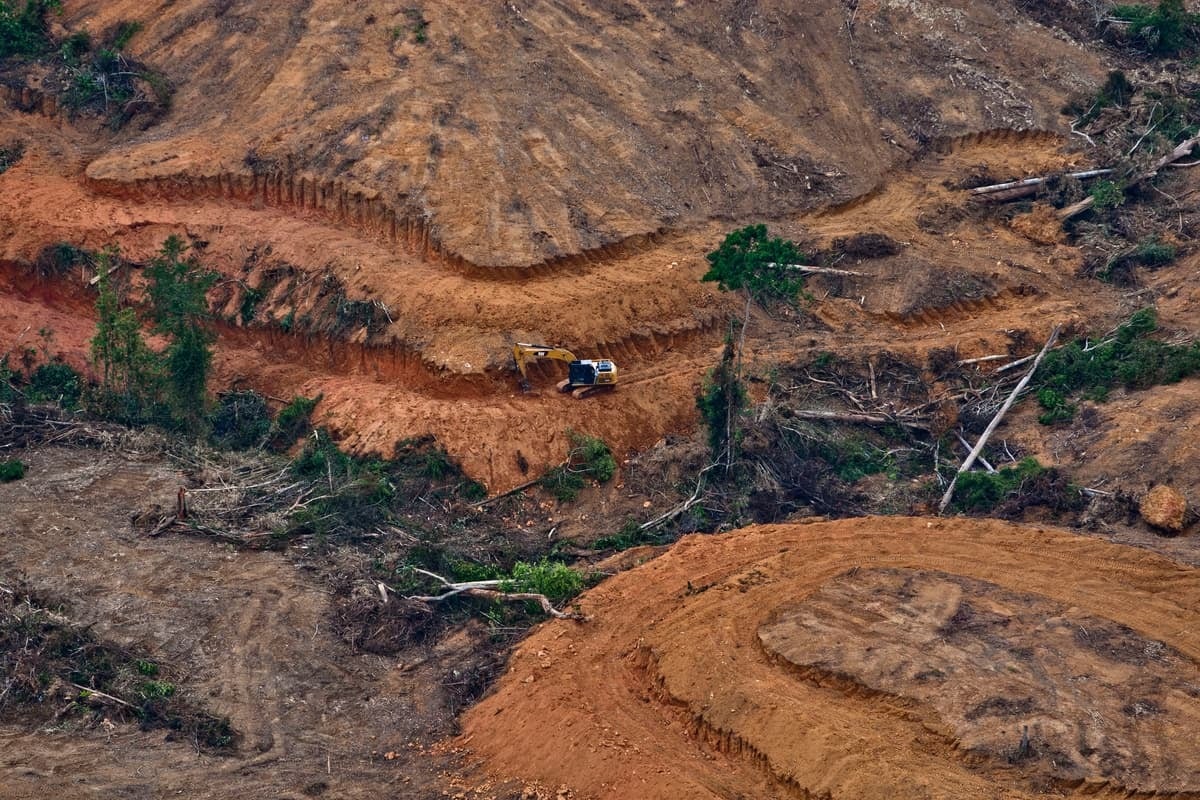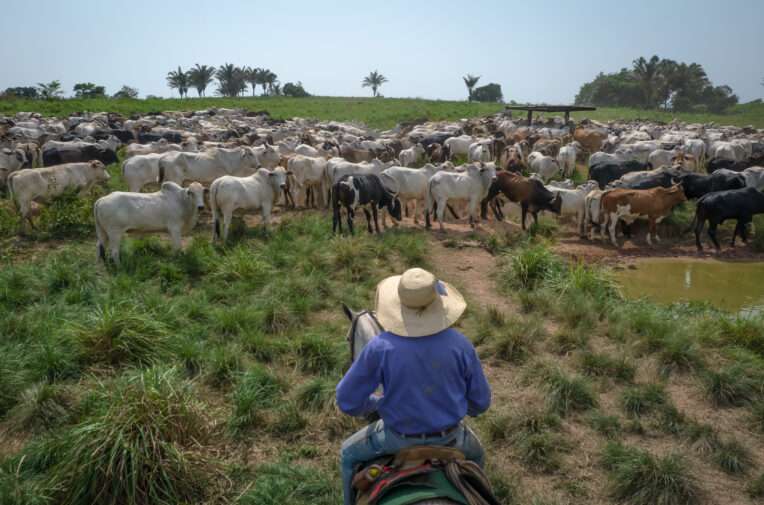As an ecosystem, the Amazon is one of the most biodiverse places on earth. Over 3 million species live in the rainforest, and over 2,500 tree species (or one-third of all tropical trees that exist on earth) help to create and sustain this vibrant ecosystem.
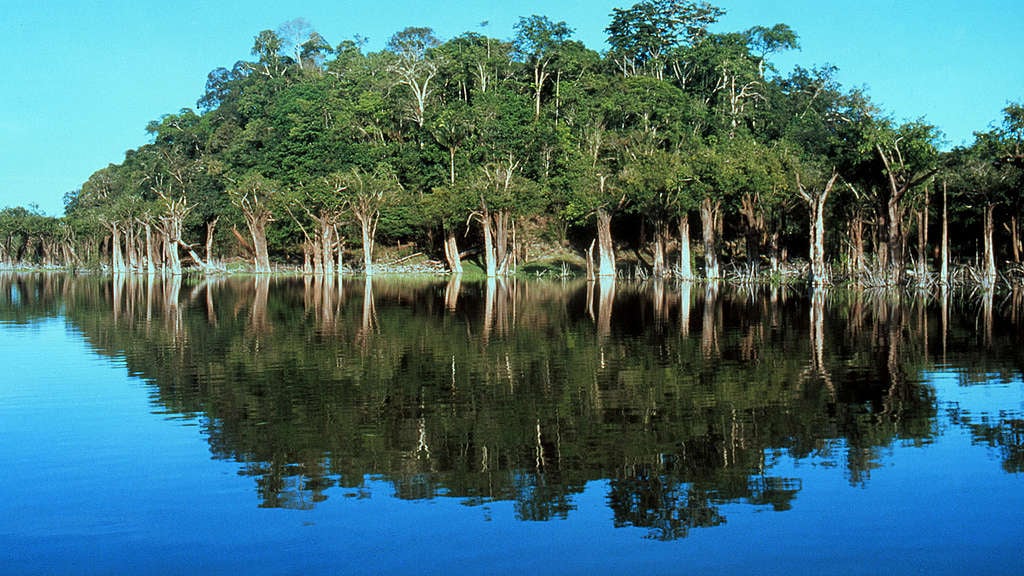 © Greenpeace / John Novis
© Greenpeace / John NovisWhile scientists warn us about the deadly climate emergency and mass extinction, the Amazon, the world’s largest rainforest, is still being logged and burned out of existence for industrial agriculture.
The rights of Indigenous Peoples and traditional communities are critical to the health of the rainforest, but their lives and lands are threatened.
Not only are we running out of time, but agribusiness interests are advancing drastic laws in Brazil that would reward land-grabbing, rob Indigenous Peoples of their lands and accelerate forest destruction.
To win the fight against the climate, biodiversity and health crises we are in, we must stand in solidarity with Indigenous Peoples and stop the destruction of the Amazon.
Our future depends on it.
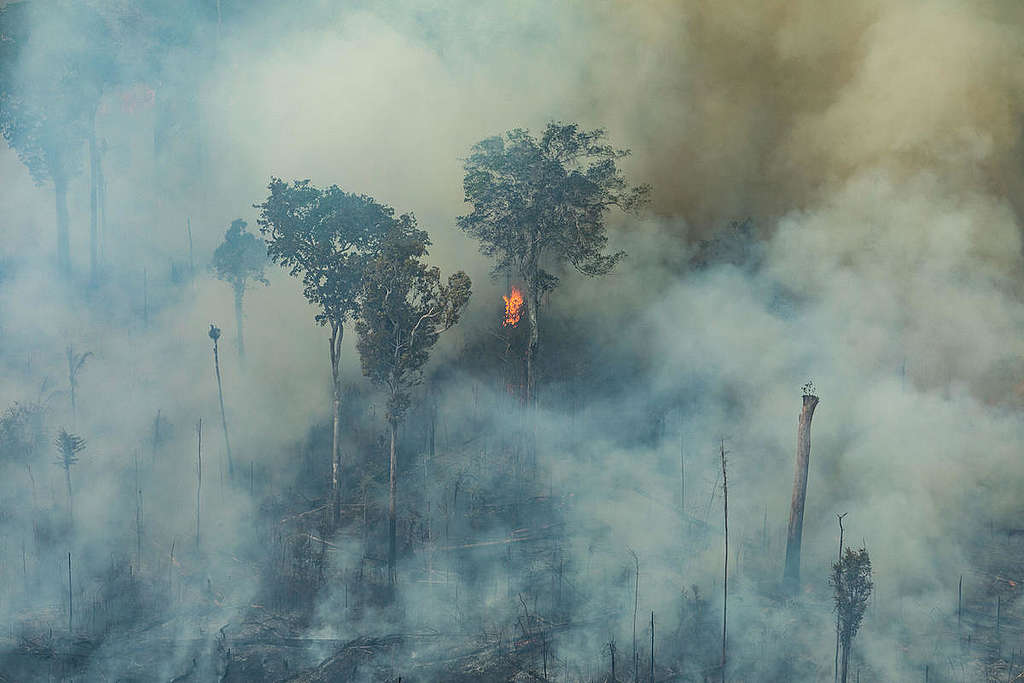
Add your name to tell the Brazilian government to save the Amazon Rainforest and protect the lands of Indigenous and traditional communities.
Take ActionWhy we must Save the Amazon
The Amazon rainforest is the world’s largest intact forest. It is home to more than 24 million people in Brazil alone, including hundreds of thousands of Indigenous Peoples belonging to 180 different groups.
There’s a reason the Amazon was the place that inspired scientists to coin the term “biodiversity.” The region is home to 10 percent of all plant and animal species known on Earth. There are approximately 40,000 species of plants and more than 400 mammals, with almost 1,300 different varieties of birds and an insect population in the millions.
In addition to its unparalleled diversity of life, the Amazon plays an essential role in helping to control the planet’s climate. The Amazon Basin stores approximately 100 billion metric tons of carbon — that’s more than ten times the annual global emissions from fossil fuels.
While it covers 2.6 million square miles across nine countries — Brazil, Bolivia, Peru, Colombia, Ecuador, Venezuela, Guyana, Suriname, and French Guiana — about 60 percent of the Amazon Basin is in Brazil, where Greenpeace has focused its efforts.
In the last 40 years, the Brazilian Amazon has lost more than 18 percent of its rainforest — an area about the size of California — to illegal logging, soy agriculture, and cattle ranching. Despite the creation of protected areas in recent decades, most of the remaining forest is under threat. Deforestation has spiked under President Jair Bolsonaro’s anti-environmental agenda, threatening biodiversity, the lives of Indigenous Peoples and traditional communities and the global climate.
Around the world, people like you have stepped up to achieve policy reform, additional protected areas, and commitments from corporations that have slowed the rate of deforestation. Still, forest areas the size of entire cities are burned in the Brazilian Amazon every year to make way for cattle ranching and soy plantations. This has resulted in record-breaking level fires that are catastrophic for the climate and for Indigenous Peoples’ that rely on these forests.
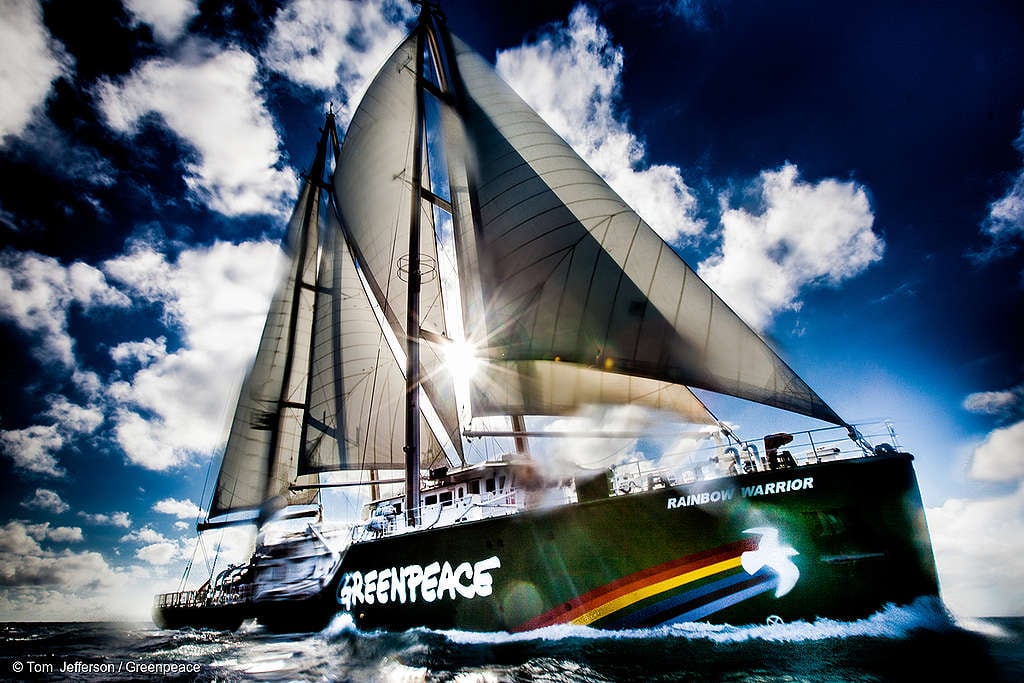
Donate to Greenpeace today. We take no money from corporations or governments. Our independence and ability to speak and act freely is our greatest strength. To maintain that freedome, we rely on the generosity of people like you to keep us in action.
Take Action
